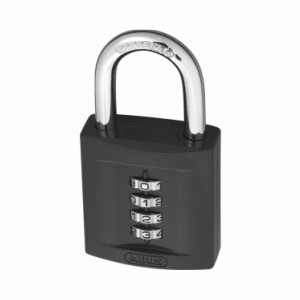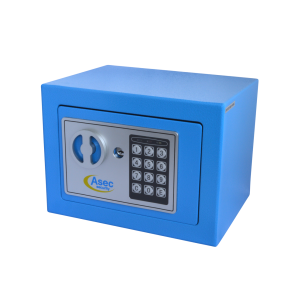How Do Combination Locks Work On Safes?
In a home or a business, there are many different types of lock, all of which work differently but are suitable for different purposes. Often a lock that requires a key becomes unsuitable, particularly in a work environment. The key can become lost, or can be copied, or becomes damaged. You may end up spending more time than is necessary replacing keys or searching for keys, and you may end up in a situation where there are too many copies of the same key, you don’t know who has one and your security system is compromised. In this scenario, a combination lock comes into its own.
A combination lock is a security system which enables several people to access a property (a home or a business) or an item without the need for a physical key. This still enables you to control who has this authorisation and to manage security as needed.
What is a combination lock?
A combination lock is a locking device which uses a sequence of numbers to open the lock and provide access. This sequence of numbers can be issued to authorised people only to control access, and can be changed to a new, unique sequence if security has been compromised.
This method of activating a locking device is popular for padlocks, so can be used for access doors and gates on a property. But padlocks are also used for securing items such as bicycles, while combination locks are also popular as an integral access system for briefcases, suitcases, lockers, safes and cashboxes. While these are all items of varying size and the locking mechanism alters in size in a relative manner, the principle of how the combination lock works remains the same.
Traditional combination locks are a mechanical system which has been around for over 100 years, while the same number sequence system can also activate locks which are controlled digitally. These work slightly differently.
How a combination lock works
A combination lock works using a system of rotary wheels or dials, and the number of dials you have dictates how many numbers you need in your unique sequence. Four numbers is most common, but you can have less or more. The system works by the rotating dials interacting with the pin in the locking mechanism.
There are notches cut into the rotating dials, while at the same time the lock is secured by a pin with several teeth in it. These teeth will hook onto the rotating dials when the correct number is inputted by the user, the number therefore dictates where on the wheel the notch is located. When the notches on all the discs align with the teeth on the pin and are hooked on, the lock can be opened. This is possible because when the wheels/dials all line up, the notches align to form a gap. On a padlock, this gap allows the hasp of the lock to be released.
On an integral combination lock, such as on a briefcase or a safe, the locking mechanism is activated slightly differently. This mechanism contains a piece called a ‘fence’. The fence is located just above the wheels/dials and falls into the gap when the notches align, because there is no longer anything there to support it. So until the right number sequence is inputted, the fence will stay in place, securing the lock. In the space vacated by the fence when the wheels/dials align, the bolt can slide freely and open the lock.
Some designs of mechanical combination lock work by rotating the first dial clockwise, the second dial counter-clockwise, and so on, until all the dials align, while others are either all clockwise or all anti-clockwise.
How an electronic combination lock works
An electronic or digital combination lock works in a much simpler way, and needless to say is much more common today than a mechanical combination lock. When the correct code is entered, a digital signal is sent to a motor within the body of the lock, and this releases the locking element, allowing the bolt to either be pulled or pushed, depending on what the locking design is.
There are several bolt types used in an electronic combination lock, such as a swing bolt, a dead bolt, a latch bolt or a motor bolt.
With an electronic combination lock you of course require a power supply, which is usually a battery, but this will require checking and replacing occasionally. However, with an electronic combination lock it is much easier to re-set and change the number sequence periodically to improve security, or if the system has been compromised. On some systems you can also prevent access to the lock after four incorrect guesses.